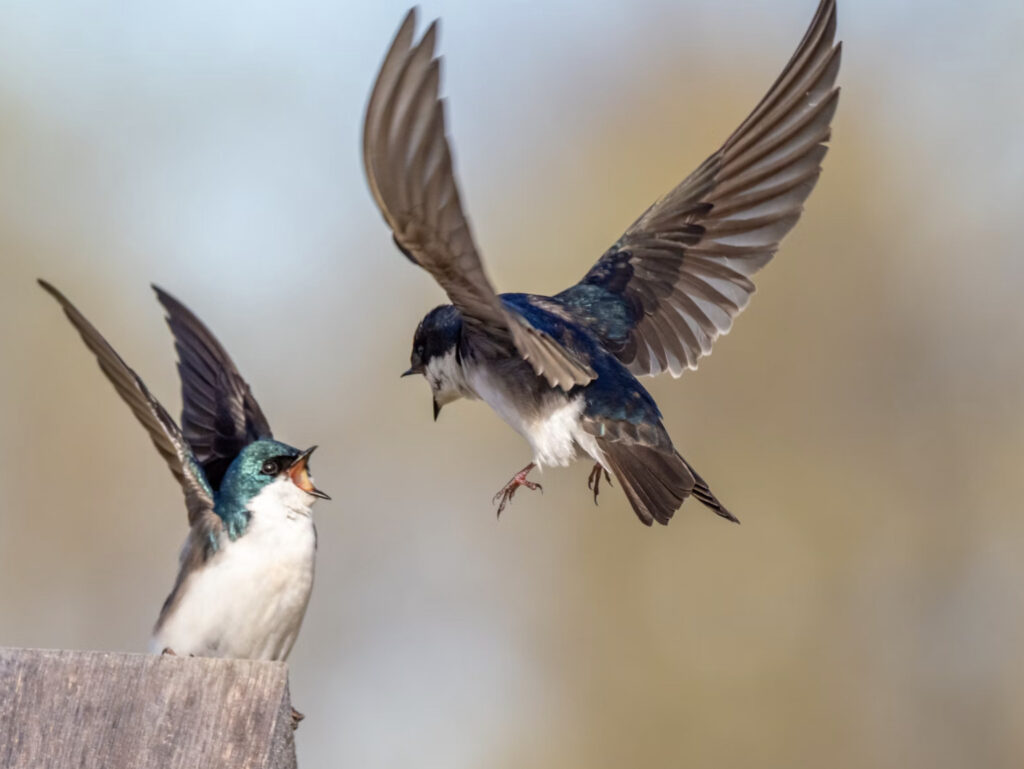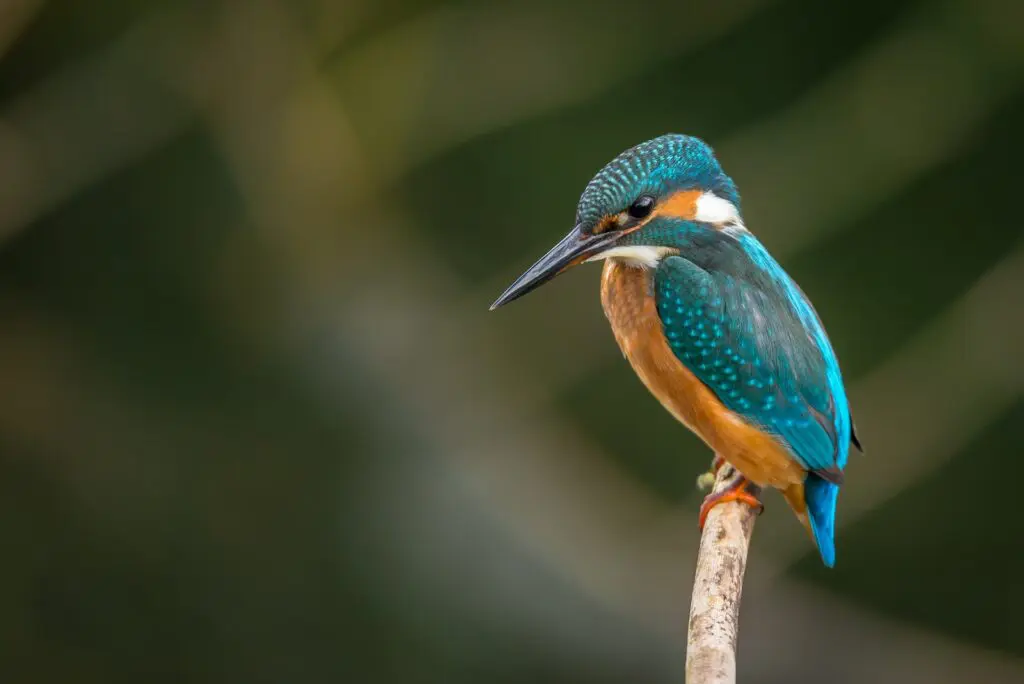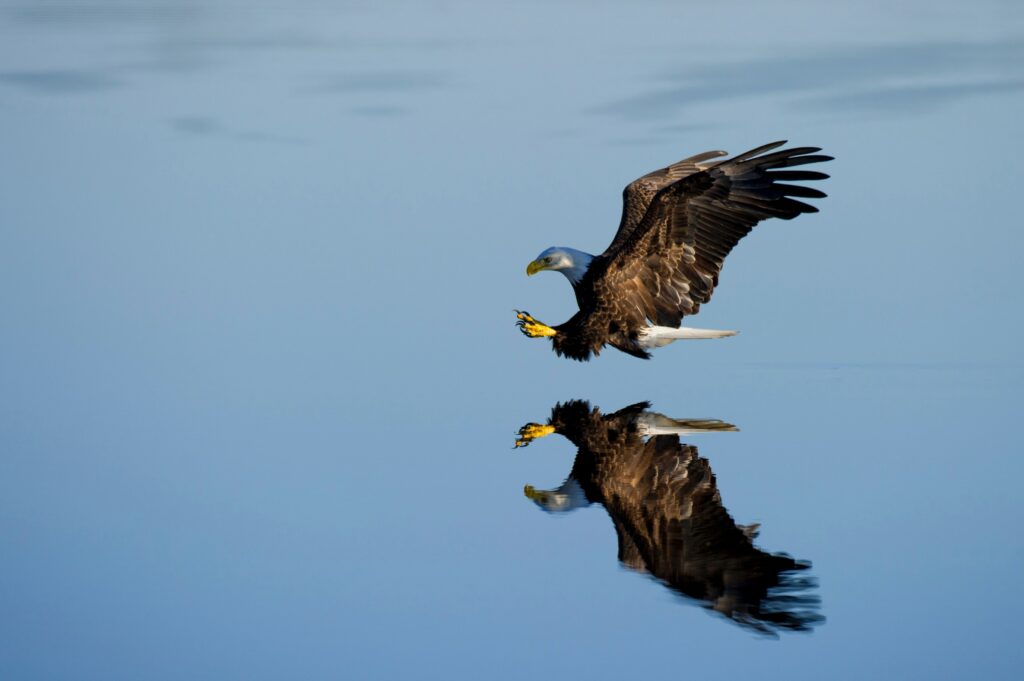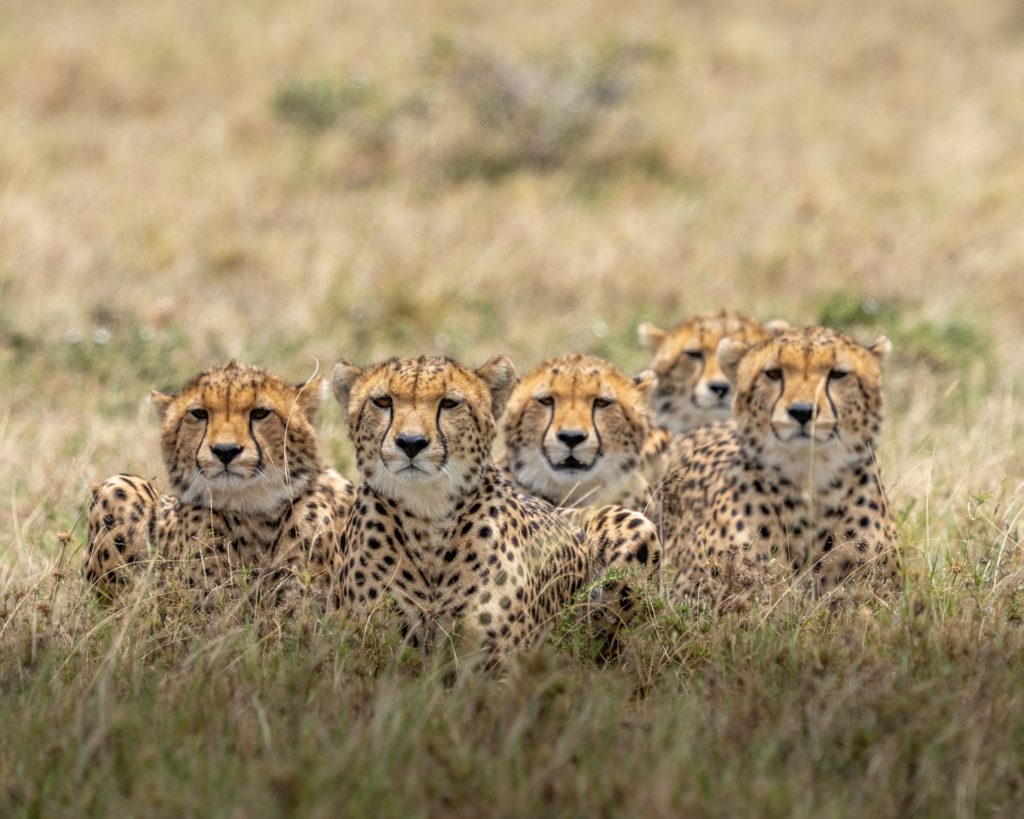Getting Started in Wildlife Photography
Many new advances in camera equipment have made better gear more affordable for everyone, bringing a lot of photographers closer to realizing our goals in photographing wildlife.
For those of you who have never tried a style like this before, don't worry. Though wildlife photography is a demanding art form and requires practice to balance the many variables and technicalities involved, the rewards far outweigh any difficulties. These seven steps will help you as you begin your adventure in the great outdoors.
Understand Your Gear
Whether you've just upgraded to a new camera or you're using one you've had for a while, you need to know your equipment like the back of your hand. In the wild, getting or missing the perfect shot often comes down to the span of nanoseconds. Consequently, the only way to succeed in wildlife photography is to know instinctively how each part of your gear operates and at what speed each function responds.
When out on a shoot, you will need more than preparation beforehand (such as micro-adjusting your lenses for focus inconsistencies) to carry you through successfully. You must know, among other things, the exact time required for a specific lens to focus when on certain settings, how much time you have in a burst before the buffer maxes out, whether the meter will be right, and how much you can recover the shadows and highlights if need in post-production.
Memorizing every little quirk of your gear is a crucial accomplishment for all types of photography, but has the most immediate benefits for action photography (wildlife, sports, etc.), since instantaneous movement is part of what you want to catch.
If you are in the market for gear suited to capturing wildlife, you're in luck. Recent cameras have enhanced sensors capable of solid performance under low light, and they also have improved crop sensors. The best crop sensors (in technical terms) come from Canon and Nikon have high frame rate capabilities, big buffers, and advanced focusing systems – a wildlife photographer's dream come true.
Learn Tracking And Servo Focusing
You will rarely come upon stationary wild animals. They can easily detect and evade humans, and even if you come upon a less wary animal, it will not stick around for long.
Forget about One Shot focus here; it's not going to do you any good. Servo focus (continuous subject tracking) is what you should rely on in the field. The better the system, the easier your job, but servo focusing requires time to master since you'll have to forget about recomposing unless you have a more advanced system that will track the subject across the whole focusing area (something the 1Dx, 4D, 7D Mark II, and D500 claim to do).
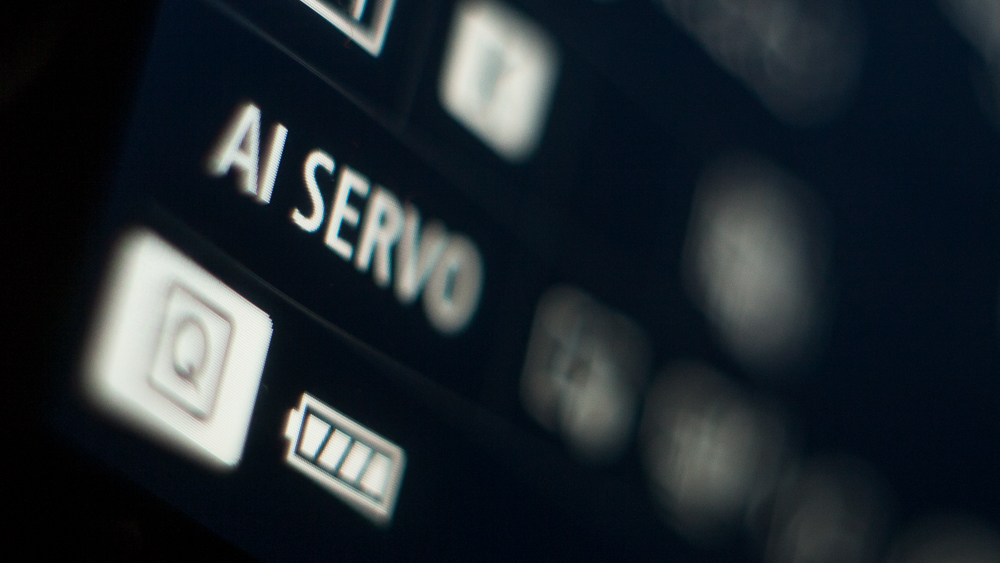
Subject tracking, regardless of the focusing mode, is a skill you must acquire. It is easy to get lost when using a longer focal length, so you should learn the natural movement patterns of the animals you are going to photograph. With enough practice, you can intuitively track your subject.
Understand Your Subjects
If you don't know about mongooses, you can't expect to shoot them well. You won't be able to snap pictures of a humming bird if you don't know where to find one.
Having a thorough understanding of the wildlife you intend to photograph will not only help you improve your shots, but will reduce risk to you and your equipment. The wilderness is hazardous and you can find dangerous creatures even in suburban areas. If you do not take proper precautions, you will be prone to injury and loss, even if you only intend to work with smaller animals.
Do your research – whether that means reading online or getting a field guide and ask for advice as necessary. Before you start your shoots, make sure you know the habits of all the wild animals you will be around, not only those you want to photograph, and what risks they pose to you. Of course, a harmless run around the park won't require doctorate-level knowledge, but even then, knowing about the animals you hope to find will help you track them down and predict their patterns of motion, which prepares you to take better shots.
Patience and State of Mind
Imagine yourself in a nearby forest. You've been there four hours and all you have to show for it is a blurry shot of a bird you can't identify. You're probably frustrated, perhaps even tempted to consider the venture a waste of your time.
That attitude might seem inevitable, but you will not help yourself by indulging in impatience. Wildlife photography depends on patience and a calm, positive state of mind. Waiting for wildlife to show up is much like fishing: you never know if you'll score a big fish or a small fish, or if you'll catch any fish at all. The goal is to relax and enjoy the full experience, not to succeed immediately whenever you try. Once you have patience and are prepared for any subject that might cross your path, you'll be ready to face whatever challenge comes your way.
If you're under the impression you only need to go out for an hour or two and will come back with a slew of keepers, don't bother going out at all. It won't happen (unless your luck is supernatural). Serious wildlife photography is not for everybody, just like sports photography isn't for everyone, nor portraiture, and so forth. If you commit to wildlife photography, you commit to spending hours and hours waiting for a single shot, but you also stand the chance of spending ten minutes and getting one of the best shots of your career. Everything is up to chance, your skill, and your patience to wait out failures and boredom.
Having the right state of mind is essential. Frustration often leads to tunnel vision, more mistakes, and greater chances for injury (even if you pick areas like flatlands, which seem harmless). You need to be calm, prepared, and aware of your surroundings; you will get more and better shots, and you will be safer than otherwise.
Consider the Light
As in other styles of photography, light is an central factor in your shooting. If you are clever enough, you might be able to use a flash, but 99% of the time you should rely on natural light. Flashes are a hazard, because they can scare off the animals or intimidate them (which encourages them to fight), and using the flash is a liability when capturing motion.
In most cases, the same rules for light in other genres of photography apply to wildlife photography such as golden hours and blue hours, but there are some phenomena you can exploit for better shots.
Mist, fog, and haze are your natural enemies, but morning mist has a couple of unexpected perks: mist absorbs haze, so when the mist settles, the air is clear, and mist also tends to leave surfaces wet once the water condenses, which means the animals will get wet as well. Their damp fur has greater definition, because the strands clump together more thickly, which looks sharper and clearer. The surrounding wet surfaces gain contrast and saturation as well, making for more punch in photographs. Though the same effect occurs after rain, the sky usually remains overcast, which results in slightly flatter photographs.
Framing
As part of the tracking process, you must learn how to frame a shot with the subject in action. Though this is hard at first, the skill, once mastered, makes every other framing method much easier. Of course, you could shoot slightly wide, then crop to the frame you desire, but that sacrifices detail.
Choose your point of view carefully. Standing while taking pictures puts you two or three times higher than most land-roaming animals. An effective method is to get closer to their height, since images taken that way look more natural. This means you'll get dirty, but that is part of being a wildlife photographer.
Remember, wildlife photography is not solely comprised of closeups of animals. Don't be afraid to pop out a wide angle lens and capture a full scene, or to get extremely close and shoot just a portion of an animal. Your options are endless, so try everything you want and don't limit yourself to cliches.
Practice
This point is obvious, but no one can labor it enough. For wildlife photography, there are so many aspects you need to master – framing, focus, tracking, staying aware of your surroundings, and more – that it is imperative to get as much experience as possible.
Since you need to learn so many different aspects at once, don't invest in going far to search for more exciting animals. Start small and photograph the creatures in your own backyard (figurative or not). If you live in a forested or rural area, you can begin with the birds, squirrels, lizards, and other common critters in your vicinity. If you live in the city or away from most animals, a good nearby park (even if it doesn't have much wildlife) will usually supply what you need to begin getting used to longer focal lengths, tracking, and the rest.
For your first few expeditions to more remote locations, you should try to find a more experienced wildlife photographer you can shadow, or at least bring a guide with you for safety measures.
Summary
Wildlife photography will test your patience and resilience. You will get dirty and wet, and acquire many bruises, scrapes, insect bites, and more while attempting this genre. The inconveniences, however, are nothing compared to the rewards of recording animals in their natural habitat.
As long as you are well-prepared, nothing can stop you from discovering the many joys that come from photographing in the wild. Most of the necessary skills are applicable to other genres, so even if you realize wildlife photography is not for you, the time and effort you put into practice will not go to waste. Learning about the animals that interest you is another bonus, and you will gain a deeper understanding of how our planet works. If nothing else, you will have plenty of stories to tell anyone interested in the adventures you'll have.
There are no excuses not to try, so get out there and get messy.
Check out this article for more tips on wildlife photography!




